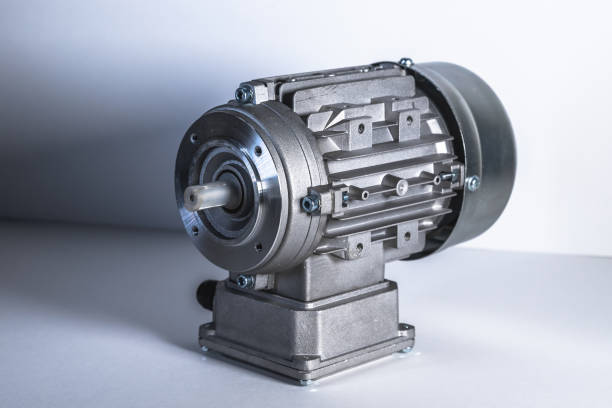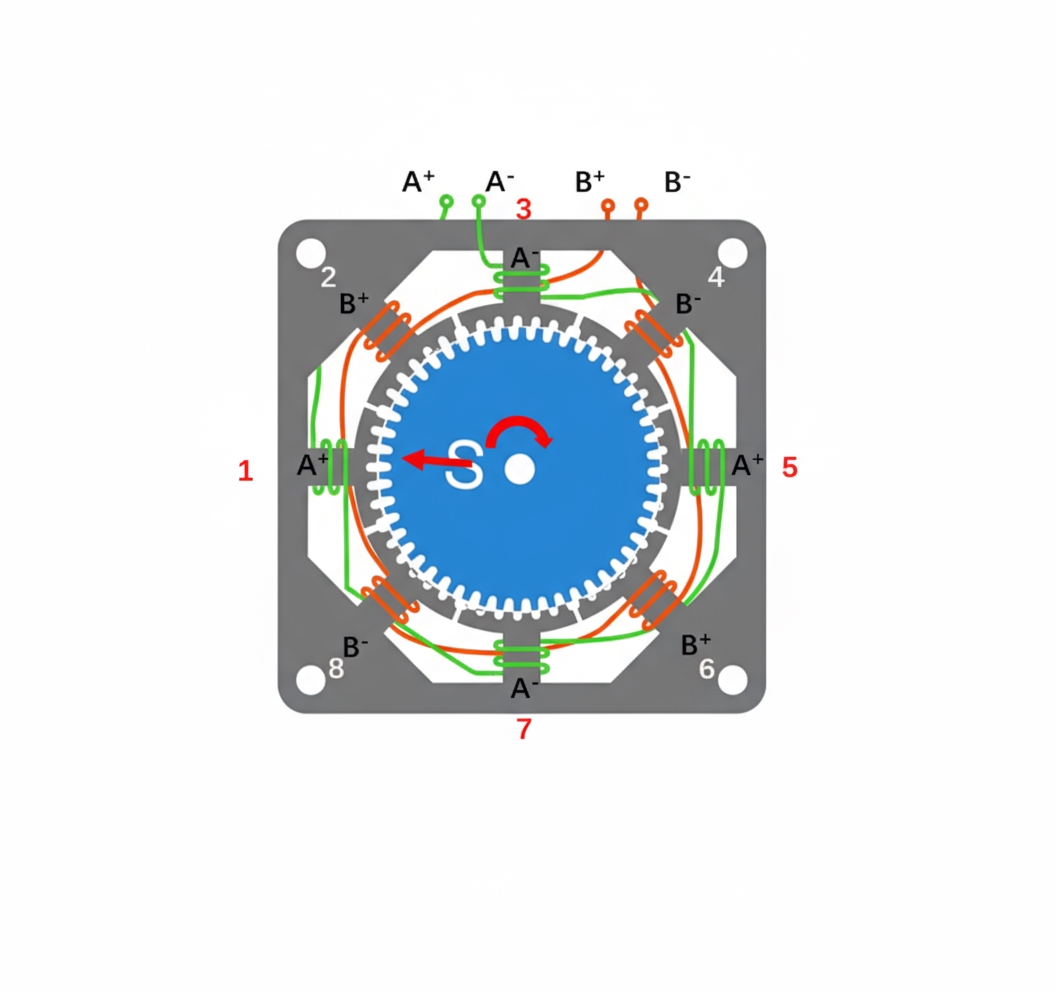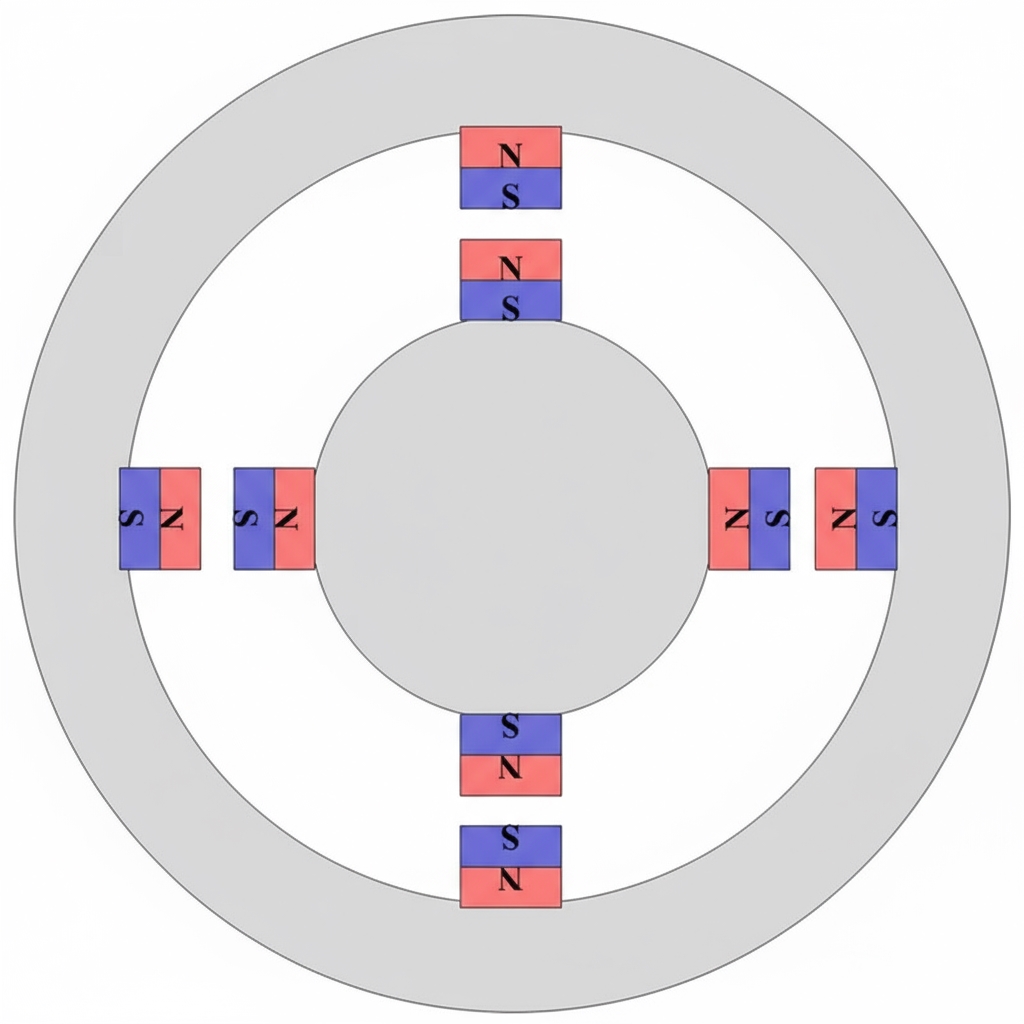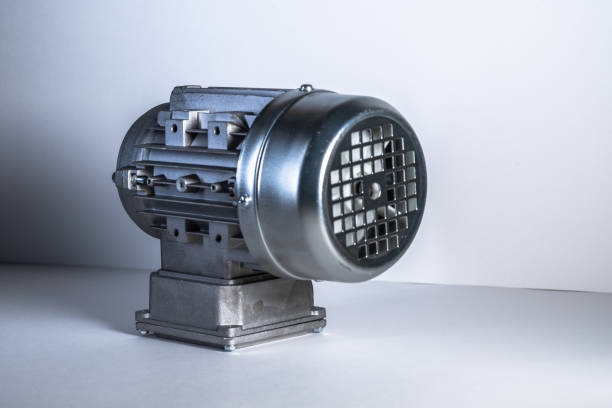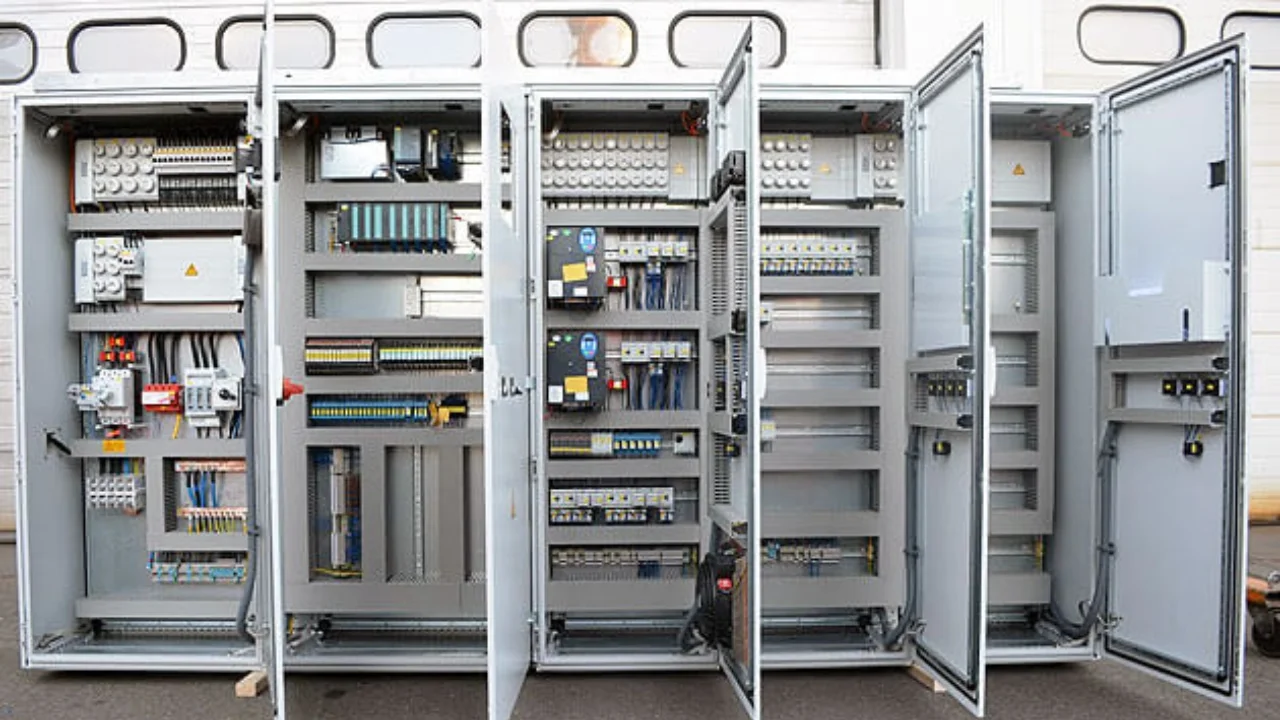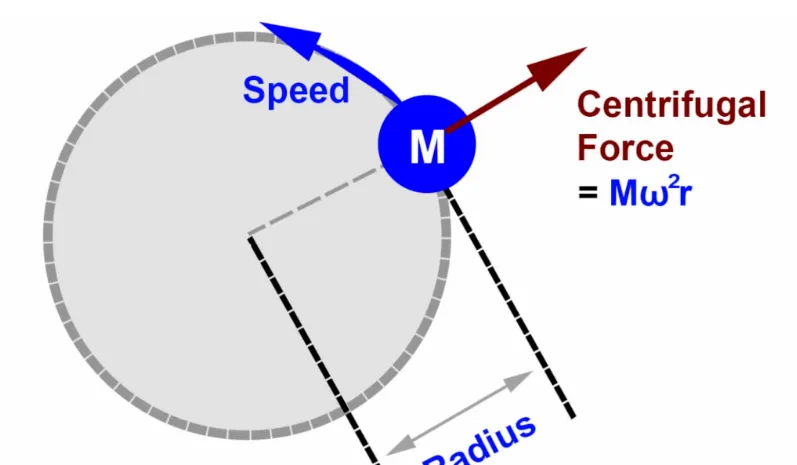Overview
As the energy crisis intensifies and environmental requirements increase, new energy vehicles are receiving more attention. In the drive systems of these vehicles, motors are one of the critical components. Currently, the market primarily offers two drive system architectures: single-motor drive and dual-motor drive. Which of the two is more durable?
Differences between single-motor and dual-motor systems
A single-motor drive system means the vehicle is equipped with only one motor that delivers torque to the wheels through the transmission. A dual-motor drive system equips the vehicle with two motors, typically one driving the front wheels and the other driving the rear wheels. Because the front and rear are independent, a dual-motor system can provide stronger drive capability and power output. Load distribution between the two motors is more balanced, which can effectively extend motor service life.
Although single-motor drive systems are relatively simple, their failure modes tend to be fewer and therefore easier to diagnose and maintain. However, in terms of performance and control systems, single-motor configurations are less adaptable than dual-motor systems. Under prolonged high-speed operation, a single motor typically experiences higher temperatures and stresses, which can negatively affect its lifespan.
By contrast, dual-motor systems not only deliver stronger power but also offer better acceleration and higher control precision. Because the motor loads are distributed more evenly, dual-motor systems generally outperform single-motor systems in overall durability.
Common dual-motor architectures
1. Dual induction motors
Mercedes-Benz EQC uses a combination of front and rear induction asynchronous motors. The two asynchronous motors are located on the front and rear axles respectively. To reduce energy consumption, the vehicle also uses an intelligent powertrain; the front motor is optimized for best efficiency under medium and low speed loads, while the rear motor provides higher power to maintain performance. The entire electric system has a maximum power of 300 kW, peak torque up to 765 Nm, 0-100 km/h acceleration in 5.1 seconds, top speed of 180 km/h, and energy consumption around 25 kWh/100 km.
2. Dual permanent magnet motors
BYD Han: in July 2020 BYD launched the Han EV four-wheel-drive and two-wheel-drive versions. The Han EV four-wheel-drive based on the e+ platform has a front "3-in-1" drive unit with a maximum speed of 15,500 rpm and maximum output power of 163 kW; the rear "3-in-1" drive unit has a maximum speed of 15,500 rpm and maximum output power of 200 kW, and SiC motor controller suppresses power overload and overheating of the drive motor. The blade battery system has an installed capacity of 76.9 kWh and peak charging power of 100 kW. Vehicle curb weight is 1.9 t, NE DC range 550 km.
3. Mixed dual-motor system
Tesla Model 3 uses an AC induction motor on the front axle and a permanent magnet synchronous motor on the rear axle. Compared with AC induction motors, permanent magnet synchronous motors are more compact, operate more efficiently, extend range, and are easier to control.
Durability considerations
Durability is an important factor when selecting a drive system for new energy vehicles. Based on the comparisons above, dual-motor drive systems generally offer better overall durability than single-motor systems. When choosing a vehicle, consider the brand, user requirements, and multiple technical indicators to evaluate which drive system best fits the intended use.
 ALLPCB
ALLPCB


